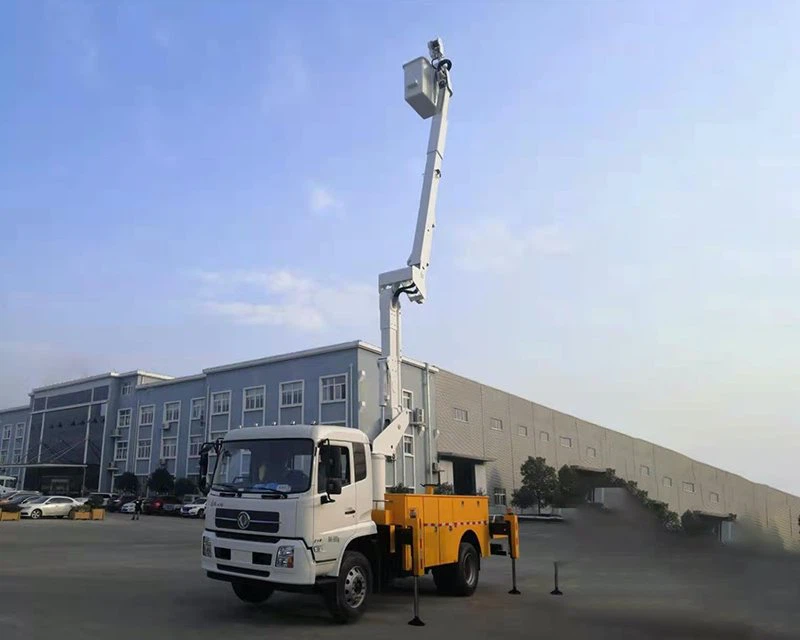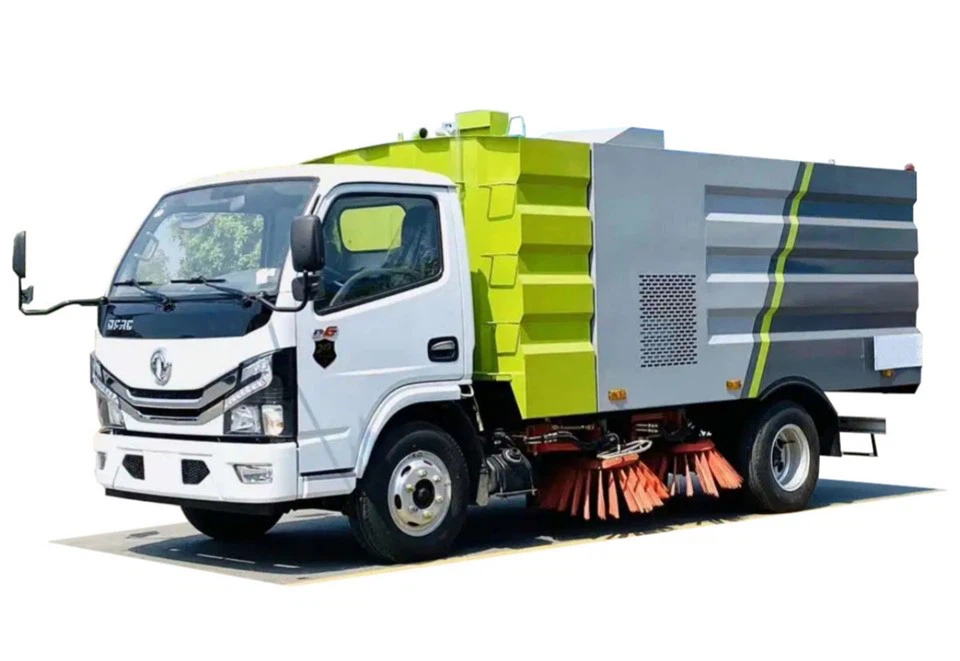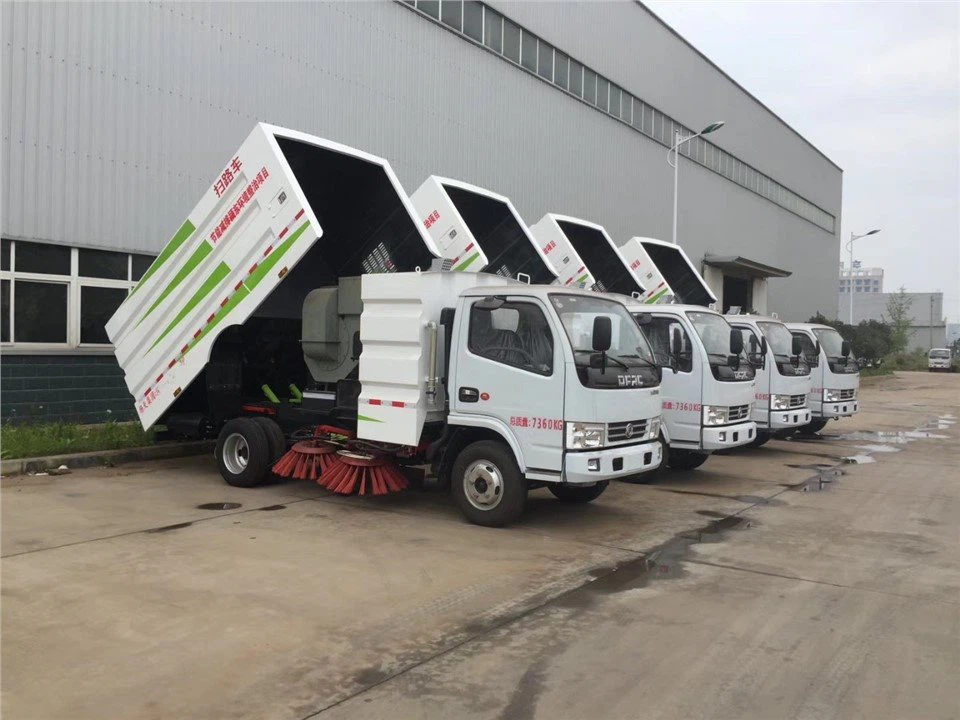Understanding Trucks with Tippers: A Comprehensive Guide

When it comes to transporting heavy materials efficiently, few vehicles match the versatility and practicality of a truck with a tipper. These trucks are a staple in construction, mining, and landscaping operations. In this article, we will explore the various aspects of trucks with tippers, including their features, types, applications, and more. Whether you are a contractor, builder, or simply curious about heavy vehicles, this guide will provide valuable insights.
What is a Truck with Tipper?
A truck with a tipper is a specialized vehicle designed for transporting loose materials such as sand, gravel, or soil. The defining feature of a tipper truck is its ability to tilt its cargo bed, allowing for easy unloading of materials. This functionality is particularly useful in industries where efficiency and speed are paramount.

How Tipper Trucks Work
The mechanism of a tipper truck involves a hydraulic system that elevates the cargo bed. Here’s how it works:
1. The Hydraulic System
The hydraulic system in a tipper truck consists of a pump, cylinder, and fluid. When the pump is activated, it pushes fluid into the cylinder, causing the bed to tilt and dump its contents.
2. Loading Process
Materials are loaded onto the truck using front-end loaders or excavators. The truck’s chassis is designed to accommodate heavy loads.
3. Unloading Process
Once at the destination, the driver activates the hydraulic system, elevating the bed to a desired angle, which allows materials to slide out easily.
Types of Tipper Trucks
There are several types of tipper trucks, each suited for different needs and applications.
1. Standard Tipper
A standard tipper has a rectangular-shaped bed and is ideal for general construction materials.
2. Drop Side Tipper
This type features sides that can be lowered, allowing for easier loading and unloading of materials from the sides.
3. Side Tipper
Side tippers unload sideways instead of from the rear. They are often used for bulk transport of materials like coal and grain.
4. Rear Tipper
Rear tippers unload from the rear and are commonly seen in construction environments.
5. Triaxle Tipper
This truck has three axles, providing increased stability and load capacity, suitable for heavier materials.
Applications of Tipper Trucks
Tipper trucks are widely used in various industries. Here are some of the key applications:
1. Construction
In construction, tipper trucks are essential for transporting aggregates, concrete, and other materials to job sites. Their ability to unload quickly helps maintain project timelines.
2. Mining
In mining operations, tipper trucks are utilized to transport ore and other materials extracted from mines to processing locations.
3. Agriculture
Farmers use tipper trucks for transporting fertilizers, grains, and other agricultural materials. The ease of unloading allows for efficient farm management.

4. Landscaping
In landscaping projects, tipper trucks deliver soil, mulch, and stones. Their capability to dump materials simplifies the process of site preparation.
5. Waste Management
Tipper trucks are also used in waste management for collecting and transporting construction debris, organic waste, and other refuse.
Choosing the Right Tipper Truck
Selecting the right tipper truck involves considering multiple factors. Here are practical tips to make an informed choice:
1. Load Capacity
Evaluate the maximum load capacity required for your operations. Make sure to choose a truck that can handle your workload effectively.
2. Size and Dimensions
Consider the available space for maneuvering the truck. Compact models may be better suited for urban areas, while larger models suit open spaces.
3. Engine Power
Analyze the engine power to ensure it meets the demands of your workload. Trucks with more horsepower can handle heavier loads more efficiently.
4. Hydraulic System
Check the hydraulic system’s responsiveness and efficiency. A reliable system ensures faster unloading times.
5. Fuel Efficiency
Select a truck that provides good fuel efficiency to minimize operating costs over time.
6. Maintenance and Support
Consider the availability of service support and spare parts for the truck you choose. Reliable maintenance services ensure long-term usability.
Benefits of Using Tipper Trucks
Tipper trucks offer numerous advantages, making them a popular choice in various industries. Here are some key benefits:
1. Efficiency
The ability to unload materials quickly considerably reduces the time required for transportation tasks.
2. Versatility
Tipper trucks can transport a wide range of materials, from construction debris to agricultural products.
3. Cost-Effectiveness
Using a tipper truck can lead to lower transportation costs due to their ability to carry larger loads more efficiently.
4. Safety
Modern tipper trucks come equipped with safety features, such as anti-rollback systems, ensuring safer operation.
5. Durability
Designed to withstand heavy use, tipper trucks are more durable than standard vehicles, making them a long-term investment.
Maintenance Tips for Tipper Trucks
Proper maintenance is vital for the longevity and performance of your tipper truck. Here are some effective maintenance tips:
1. Regular Inspections
Conduct routine inspections of the hydraulic system, brakes, tires, and engine to identify potential issues early.
2. Clean the Truck Regularly
Keep the truck clean to prevent corrosion and maintain its appearance. Regular washing helps remove debris that may affect performance.
3. Change Fluids
Regularly change hydraulic fluids, engine oil, and other fluids in accordance with manufacturer recommendations.

4. Check the Tire Condition
Inspect tires for wear and proper inflation regularly to ensure safe operation and prevent accidents.
5. Maintain the Tipper Bed
Inspect the tipper bed for damage and ensure it operates smoothly for effective unloading.
Cost of Buying a Tipper Truck
The cost of buying a tipper truck can vary significantly based on several factors, including size, brand, and features. Here is a general breakdown:
| Type of Tipper Truck | Approximate Cost |
|---|---|
| Standard Tipper | $25,000 – $50,000 |
| Drop Side Tipper | $30,000 – $55,000 |
| Side Tipper | $40,000 – $70,000 |
| Rear Tipper | $25,000 – $50,000 |
| Triaxle Tipper | $60,000 – $100,000 |
Note that these figures are estimates and can vary based on specific features and local market conditions.
FAQ Section
1. What is the primary use of a tipper truck?
Tipper trucks are primarily used for transporting loose materials such as sand, gravel, and soil, making unloading easier and more efficient.
2. How do I operate a tipper truck?
Operating a tipper truck generally involves loading the materials onto the truck, driving to the desired location, and then activating the hydraulic system to tilt the bed for unloading.
3. What maintenance is required for a tipper truck?
Tipper trucks require regular inspections, cleaning, fluid changes, and tire checks to ensure optimal performance and safety.
4. Are tipper trucks fuel-efficient?
Fuel efficiency can vary by model, but modern tipper trucks are designed to be more fuel-efficient than older models.
5. Can I use a tipper truck for transporting different types of materials?
Yes, tipper trucks are versatile and can carry a variety of materials, although some trucks may be better suited for specific types.
6. What factors influence the cost of a tipper truck?
The cost of a tipper truck can be influenced by its size, type, brand, hydraulic features, and additional specifications.
